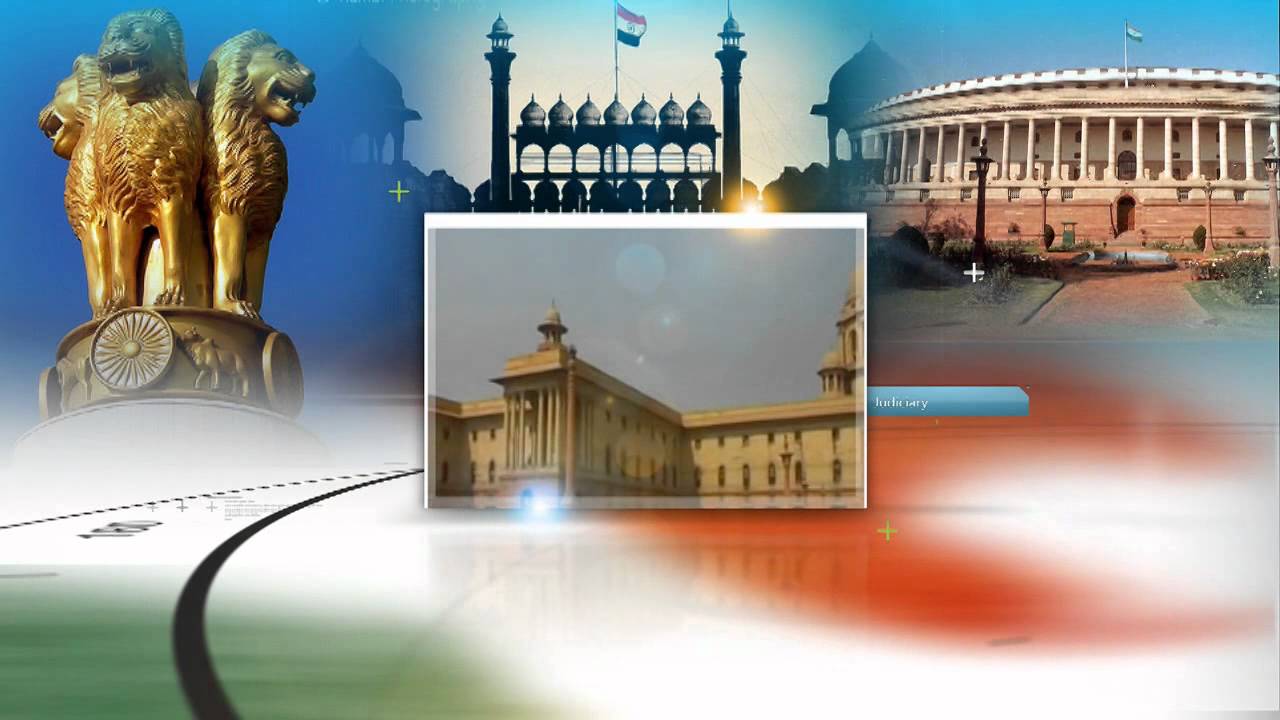Nandlal Bose
59th Death Anniversary of Nandlal Bose
Nandalal Bose (3 December 1882 – 16 April 1966) was a seminal figure in Indian art, celebrated for his role in the revival of traditional Indian artistic styles and his contributions to modern Indian art. A protégé of Abanindranath Tagore, he was deeply influenced by the Bengal School of Art and the murals of Ajanta. Bose served as the first principal of Kala Bhavana, the art school at Rabindranath Tagore’s Visva-Bharati University in Santiniketan, where he mentored a generation of Indian artists.
Contributions to the Freedom Movement
Nandalal Bose played a vital role in incorporating art into India’s freedom movement. His works became symbolic representations of India’s struggle for independence and cultural identity:
- Dandi March Linocut: In 1930, Bose created a linocut print of Mahatma Gandhi walking with a staff during the Salt March. This iconic image became synonymous with the non-violent movement and was widely circulated to inspire nationalist sentiments.
- Haripura Posters: At Gandhi’s request, Bose designed posters for the 1938 Haripura Congress Session. These works depicted rural Indian life and celebrated indigenous culture, reinforcing the nationalist ethos through art.
- Constitution of India: He illustrated the original manuscript of the Constitution of India, blending traditional Indian motifs with modern aesthetics to symbolise India’s cultural heritage.
Other Contributions:
Beyond his role in the freedom movement, Nandalal Bose made significant contributions to Indian art and education:
- Artistic Revival: Bose championed the revival of traditional Indian art forms while integrating modern techniques. His works often depicted scenes from Indian mythology, rural life, and women, showcasing a distinctly “Indian style” that broke away from Western artistic conventions.
- Mentorship: As principal of Kala Bhavana (1922–1951), he nurtured many prominent artists and emphasised cultural nationalism in art education.
- Government Emblems: He designed national emblems and awards such as the Bharat Ratna and Padma Shri at Jawaharlal Nehru’s behest.



